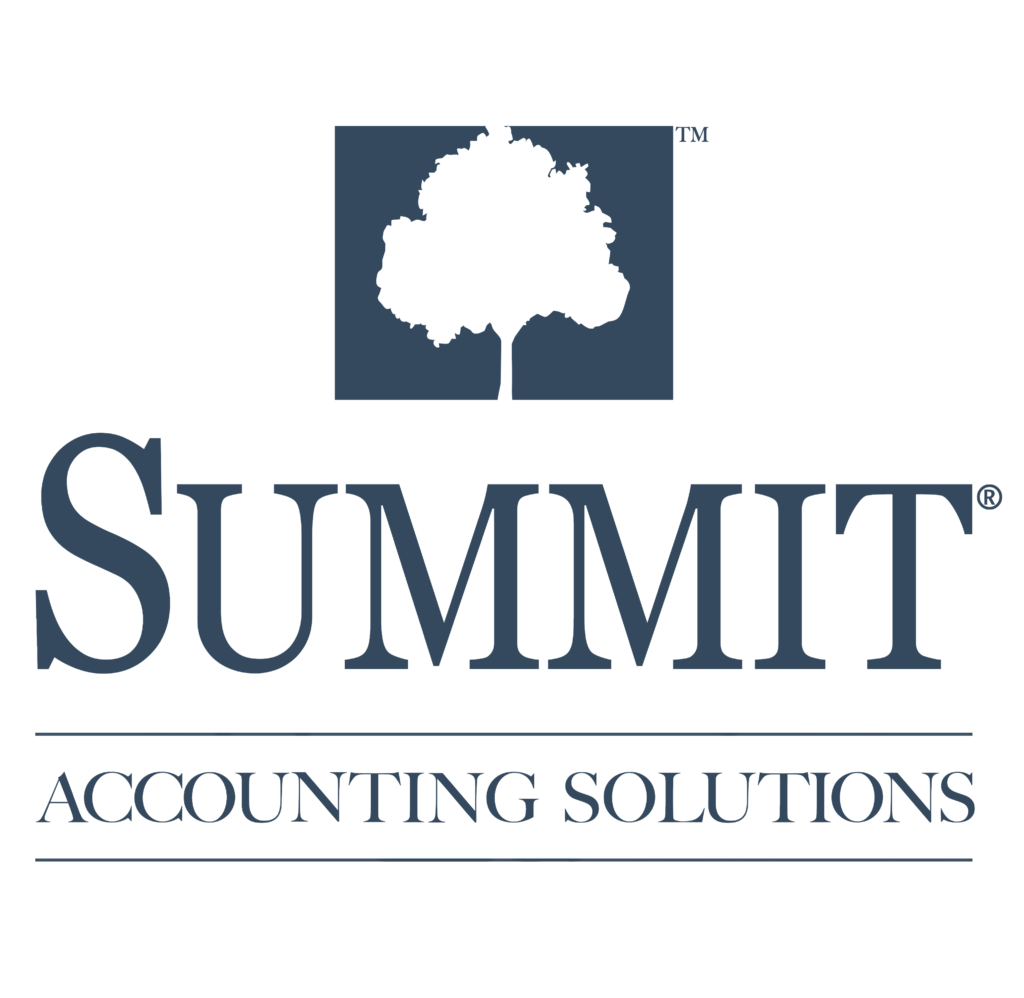
Let’s be honest…no one likes to do tax planning. If you do, you’re a rare breed. Most people put it off for as long as possible, then show up at their accountant’s office with a box of random receipts and documents that may or may not be needed. As your tax preparer, we will still complete your taxes, but it really would make your life (and ours) so much easier if you did some planning throughout the year. Additionally, it would make the dreaded, horrible words “tax season” much less scary. Yes, we know those two words have induced a panic attack in the past, but this is a new year full of new hope.
Tax planning doesn’t have to be overwhelming. Procrastinating is what causes the panic, so let’s talk about some baby steps that can be taken throughout the year to improve your tax situation. Remember….we’re taking baby steps, so it really doesn’t have to be called “planning” since even that word seems to induce anxiety in some people.
Establish a filing system. I know you’re thinking about some organized, sophisticated filing cabinet with labels. If you’re that kind of person, more power to ya. Go ahead and organize, label your folders, and enjoy yourself! Those people usually don’t need tips for tax planning because those people are already on it; however, for the average person, that all seems like a bit too much. An accordion style file is cheap, easy and works great!
Within the accordion style file have a section designated for each of the following areas:
- Charitable contributions – any receipts or statements where you made a donation. Examples of this are clothes to Goodwill or a monetary donation to a charity.
- Medical bills – medical costs not covered by insurance or reimbursed by any other health plan such as a flexible spending account.
- Child and dependent care – receipts for care for children under age 12 while you and your spouse worked or looked for work. Dependent care is considered for individuals who at any age are physically or mentally incapable of taking care of themselves. There are certain requirements to receive this tax credit.
- Income – W2s from jobs, gambling winnings; K-1s from business entities in which you have an ownership interest; 1099s for social security benefits, independent contract jobs, retirement accounts, cancellation of debt, dividends, interest, etc.
- House – Mortgage interest (Form 1098) and receipt from paying your personal property tax.
- Car – Receipt for vehicle registration and tag.
- Health Insurance – Proof of insurance. You will receive a 1095-A for Health Insurance Marketplace statement, 1095-B for health coverage or a
1095-C for employer-health provider coverage. Copies of insurance cards or statements will also suffice for proof.
- Education – Student loan interest (1098-E) and tuition payments (1098-T).
There are certain events that are extremely important to report to your tax preparer. First, having a child is a big tax event. There’s a tax credit, so make sure you inform your tax preparer and provide your child’s information. I know what you’re thinking….who forgets about having a child? You would be surprised. Parents are completely sleep deprived and chronically confused that first year, so give them a break. Second, purchasing and/or selling a home needs to be reported to your tax preparer. Provide closing documents, home improvement invoices, receipts and proof of payment, and annual mortgage statement. You can put those in your “house” slot in your new nifty filing system.
This is a simple way to prepare for your taxes throughout the year. Just place your receipts and statements in their designated slot throughout the year and like magic, you have completed your tax planning for 2016. That’s awesome, right?! No panic attacks. No last minute digging through drawers or boxes. It’s as simple as going by Goodwill to donate that bag of clothes that have been sitting in your trunk for the past week (just file the receipt under donations in your accordion style file). 😉
Dan Cook, AIF®, CFP®
President | Summit Accounting Solutions

